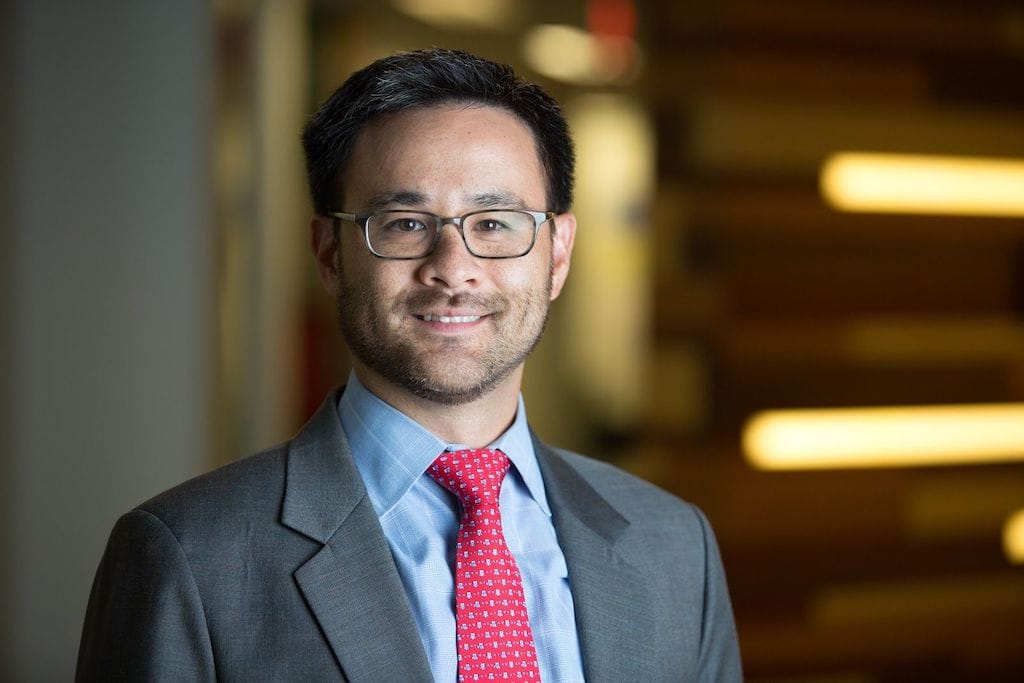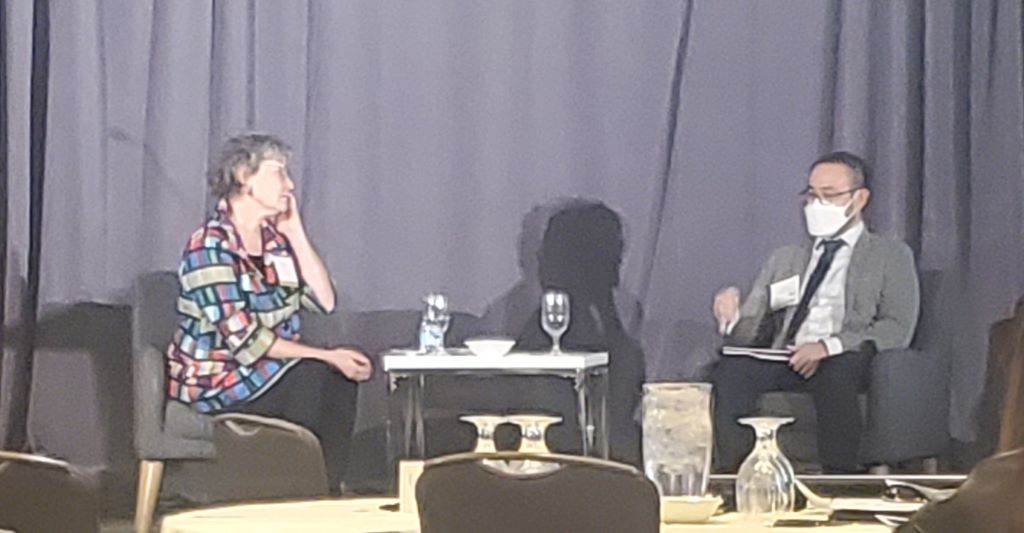Community Development Financial Institutions Funds Prepare for Broadband Infrastructure Funding
CDFI funds are responsible for rural Wyoming broadband and may offer a solution to rural areas across the nation.
Teralyn Whipple

WASHINGTON, May 11, 2022 – A Treasury Department program that is bringing capital to disadvantaged communities is helping drive key money into broadband infrastructure builds in rural America, some of those recipient institutions said at an event Tuesday.
The department provides grants to and certifies institutions such as banks, credit unions, loan funds, microloan funds, or venture capital providers as Community Development Financial Institutions that provide financial services in low-income communities and to people who don’t have access to financing, according to the government website.
The program is also helping build much-needed broadband connectivity, as seen in rural Wyoming, where the Midwest Minnesota Community Development Corporation has already utilized CDFI funds to finance a project to run fiber optics networks to rural Wyoming.
“We believe that there’s capital available for rural broadband,” Gary Franke, managing director of the communications group at CoBank, said at the Local Initiative Support Corporation event on Tuesday.
LISC is an intermediary non-profit that connects public and private resources with underinvested places. CoBank, however, is not a CDFI.
Such deals “typically will involve partnerships with state, local, or federal programs in addition to private equity,” he said.
Suzanne Anarde, CEO at Rural Community Assistance Corporation, a CDFI, said Tuesday that CDFIs must “find out what our individual niche is and how we can build capacity that makes us viable.”
Brian Vo, chief investment officer at Connect Humanity said that his organization could work with CDFIs in the future to fund their holistic approach to digital equity.

Photo of Brian Vo (right) by Teralyn Whipple
LISC alleges that the large national financial institutions are not interested in making investments to improve rural broadband expansion across the country. The organization states on its web site that “rural broadband is lacking in many areas because the large national providers are not interested in making the investment.”
“We see a lot of opportunity out there. With the right capital and the right funding programs, there’s a lot more to come,” Franke said.
There are currently more than 1,200 CDFI funds operating across the nation, many of which are now focusing on crossing the digital divide by providing funds for rural broadband infrastructure.








Member discussion